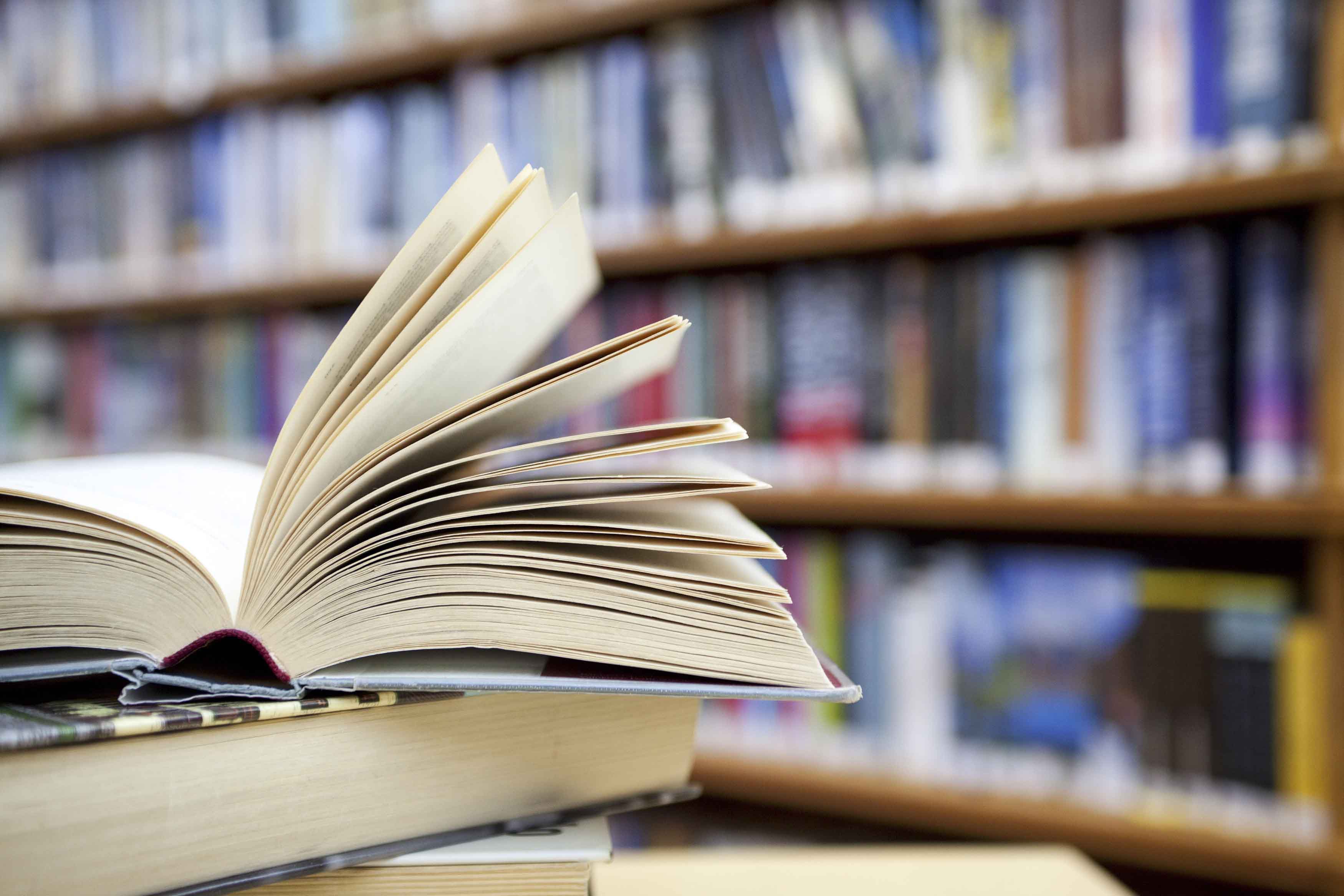The GSR algorithm is used to do picture improvement deblurring and noise reduction.
Author(s): Dr. Biplav JoshiAbstract
This article focuses on improving the quality of a damaged image by using a method that relies on group-based sparse representation. The produced outcomes are more gratifying than the existing ones. The development of sophisticated systems has handled several image restoration challenges including diverse types of noise and blurring functions. Each strategy is efficacious for a certain set of requirements. Current communication systems and multimedia demand a provision that can identify manipulated photographs locate these images and restore them. Image restoration is a crucial aspect of high-level image processing. It involves the recovery of a clear and original image from a degraded one utilising a degradation and restoration model. This is achieved by reverting the picture to its initial condition. Typically a photograph will see a decline in quality while it undergoes the process of capturing. image restoration is a technique used to recover the original content of a damaged image. This may be accomplished with or without prior understanding of the degradation process which refers to the deterioration of photographs due to atmospheric and environmental conditions. Therefore the objective of this study is to develop a Group-based Sparse Representation (GSR) technique to effectively remove noise improve clarity and reduce blurriness in pictures. In this procedure the degraded image is first divided into segments which are subsequently assembled into clusters of segments. Subsequently these groups are substituted with groups that are indistinguishable from those present in the initial picture. The findings are determined by using the PSNR (Peak Signal-to-Noise Ratio) MSE (Mean Squared Error) SSIM (Structural Similarity Index) and Speed. The application and improvements: According to the GSR approach the results are superior to those achieved by a patch-based algorithm that utilises the correlation between patches.

